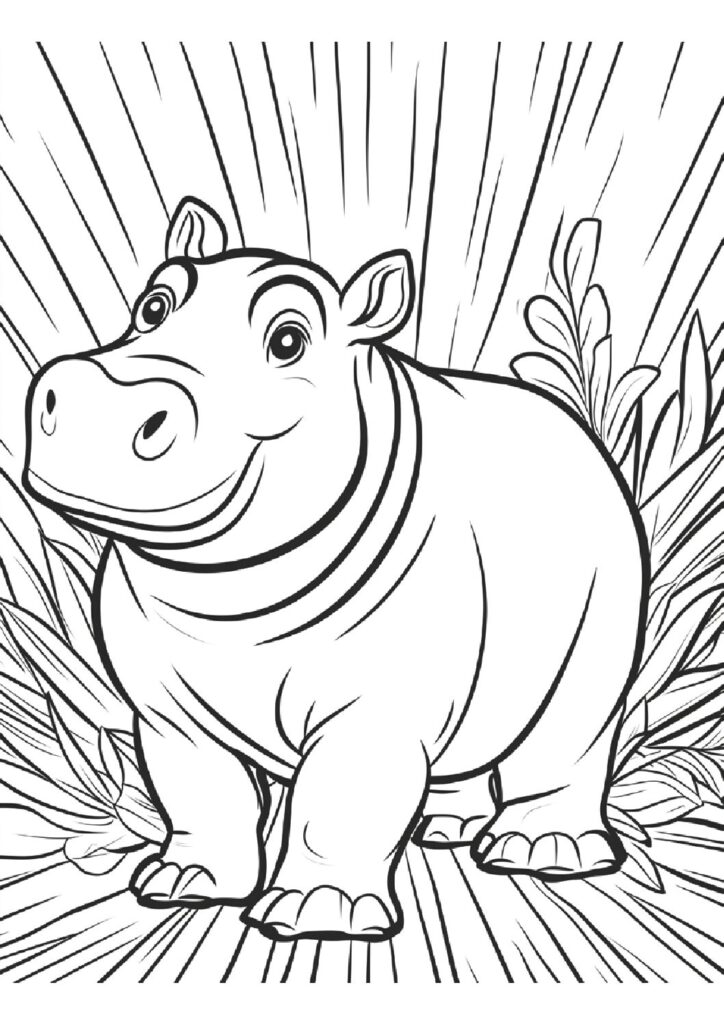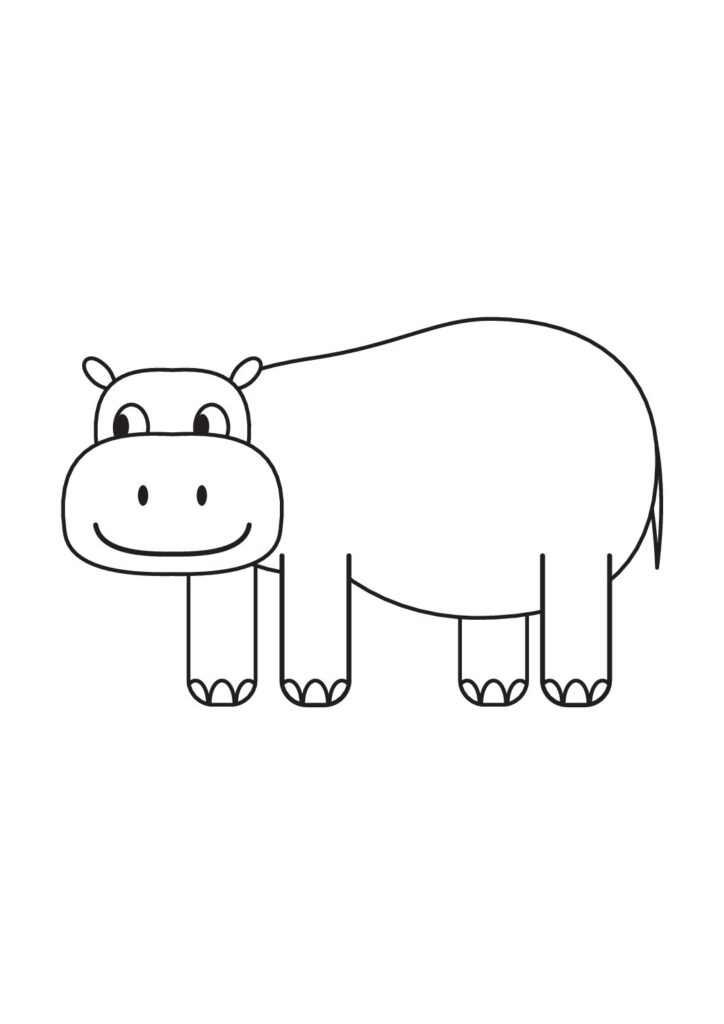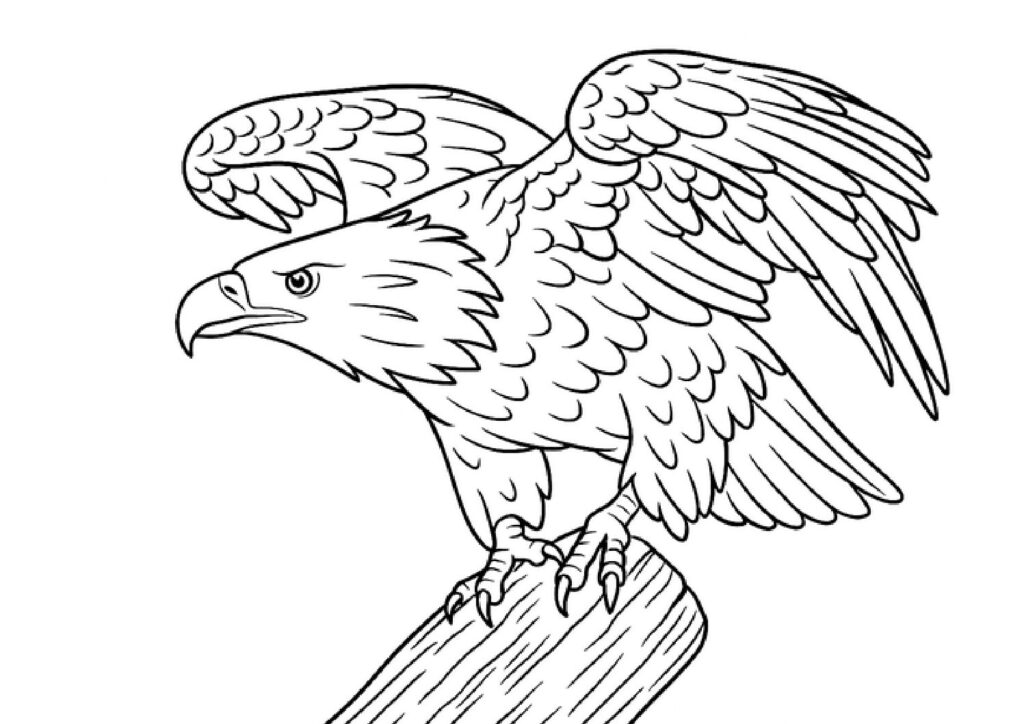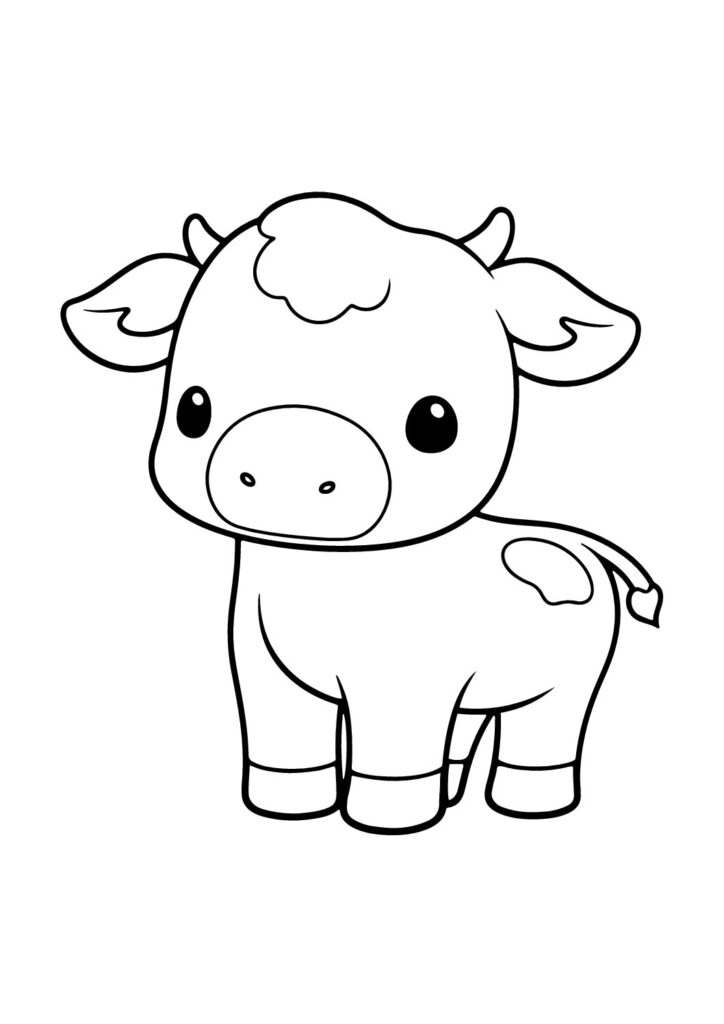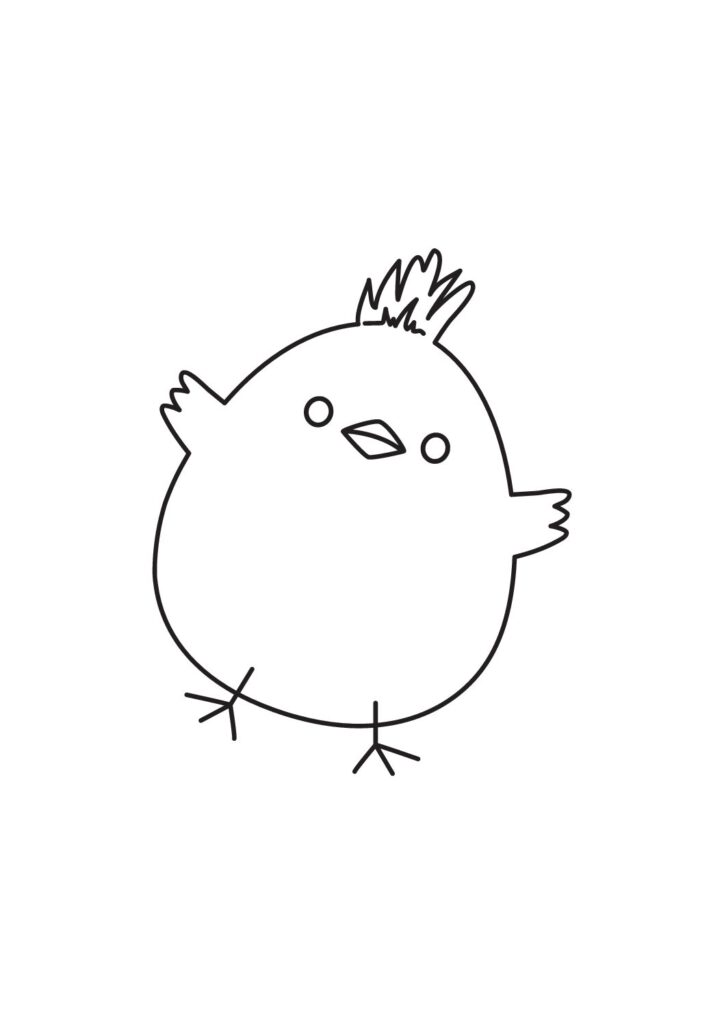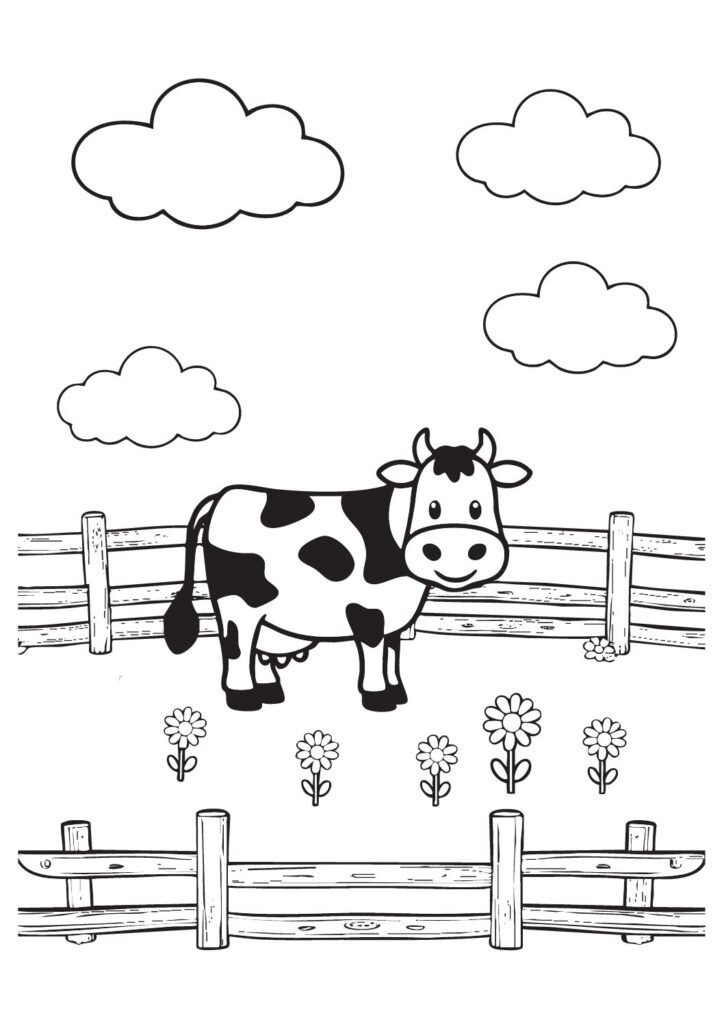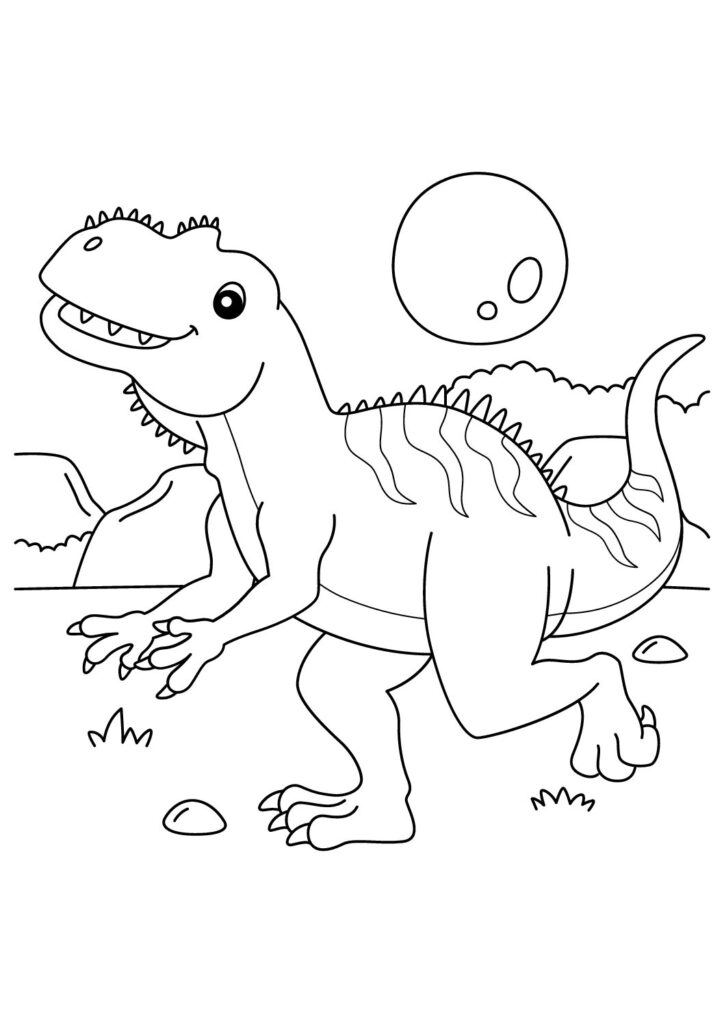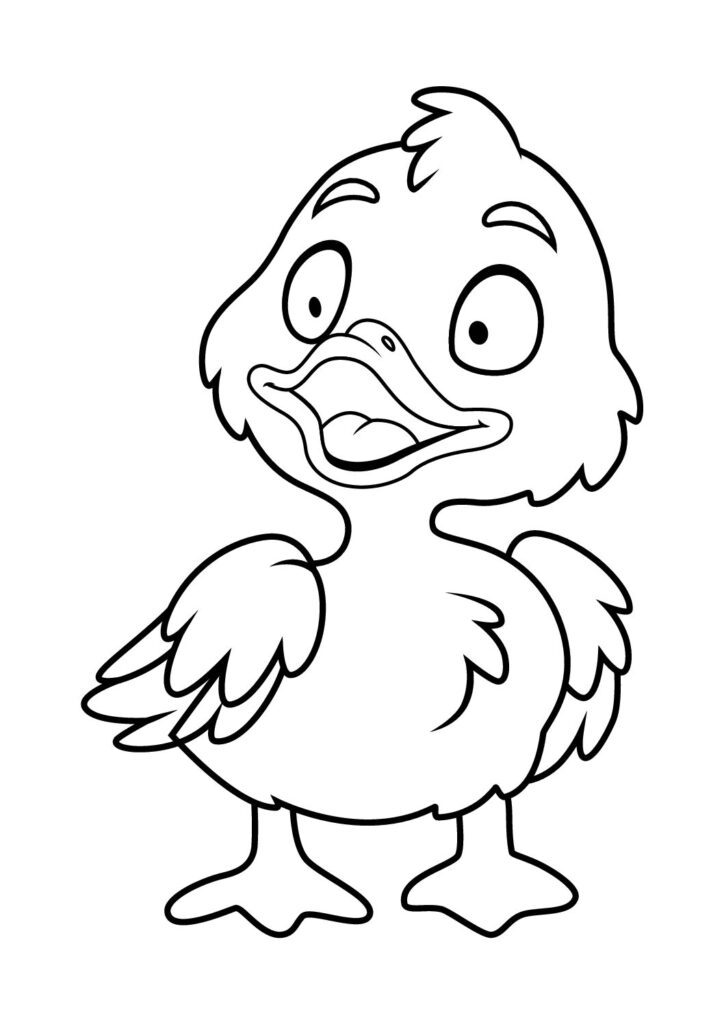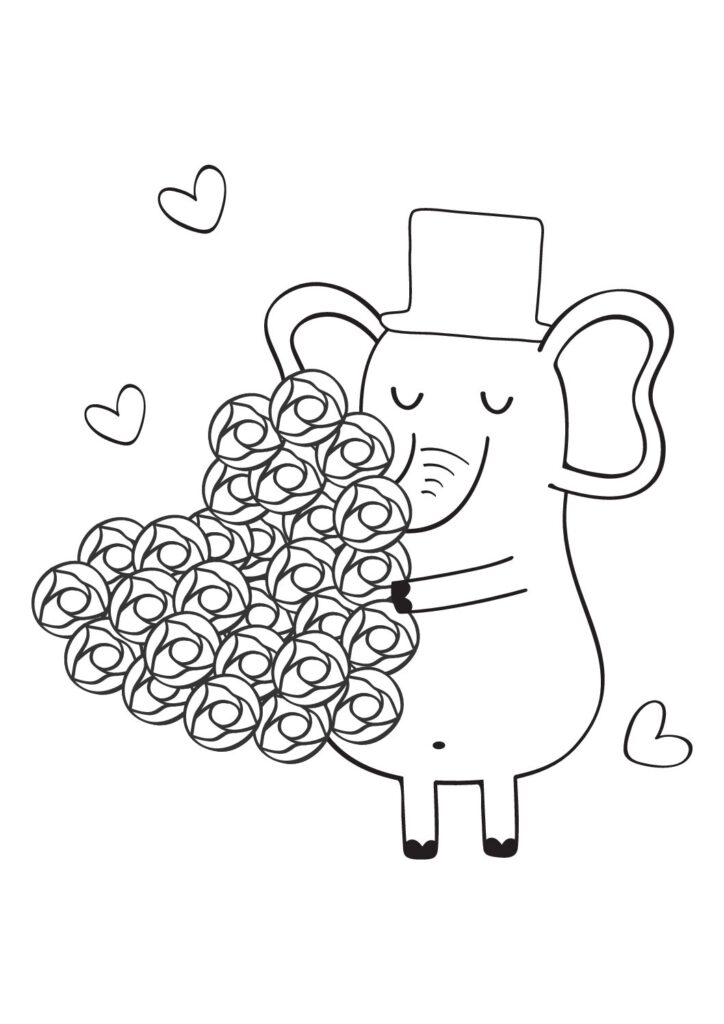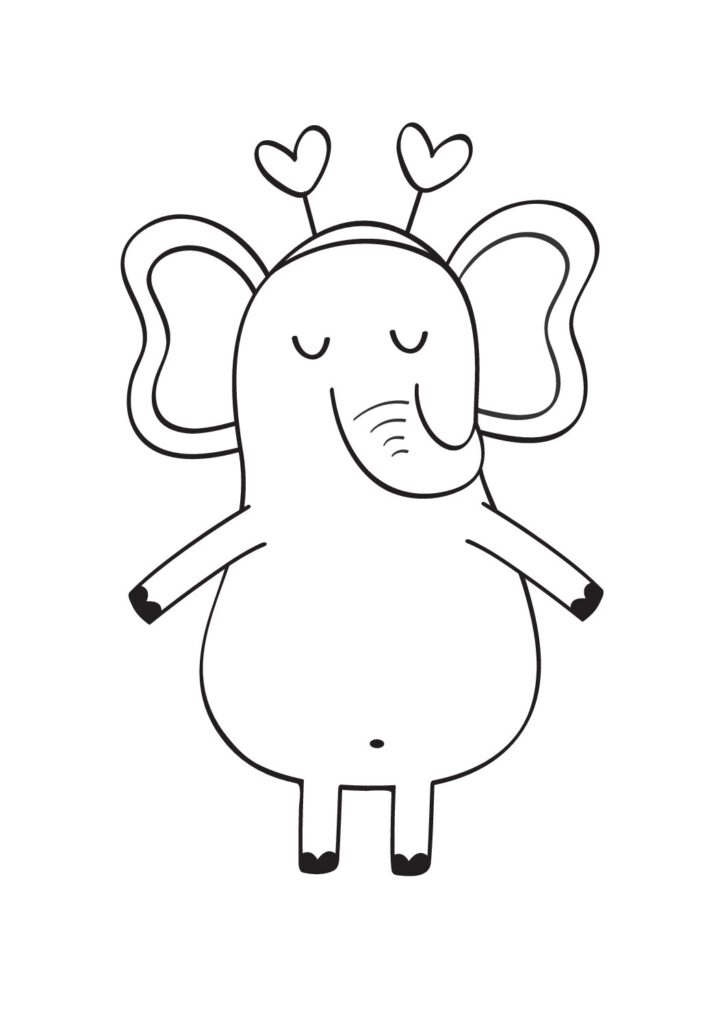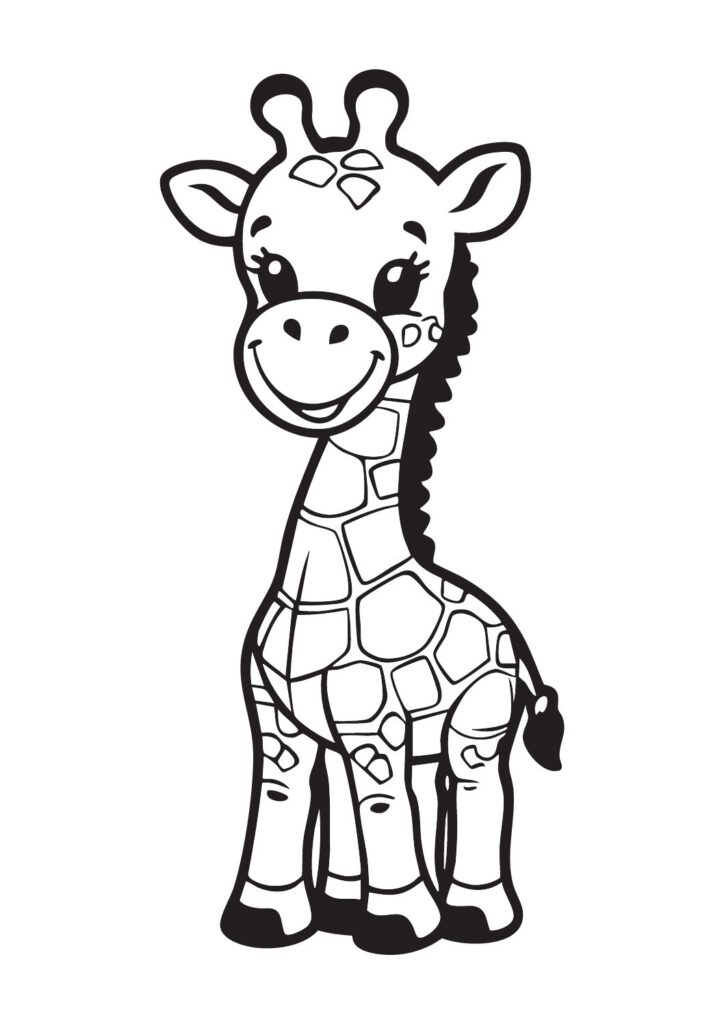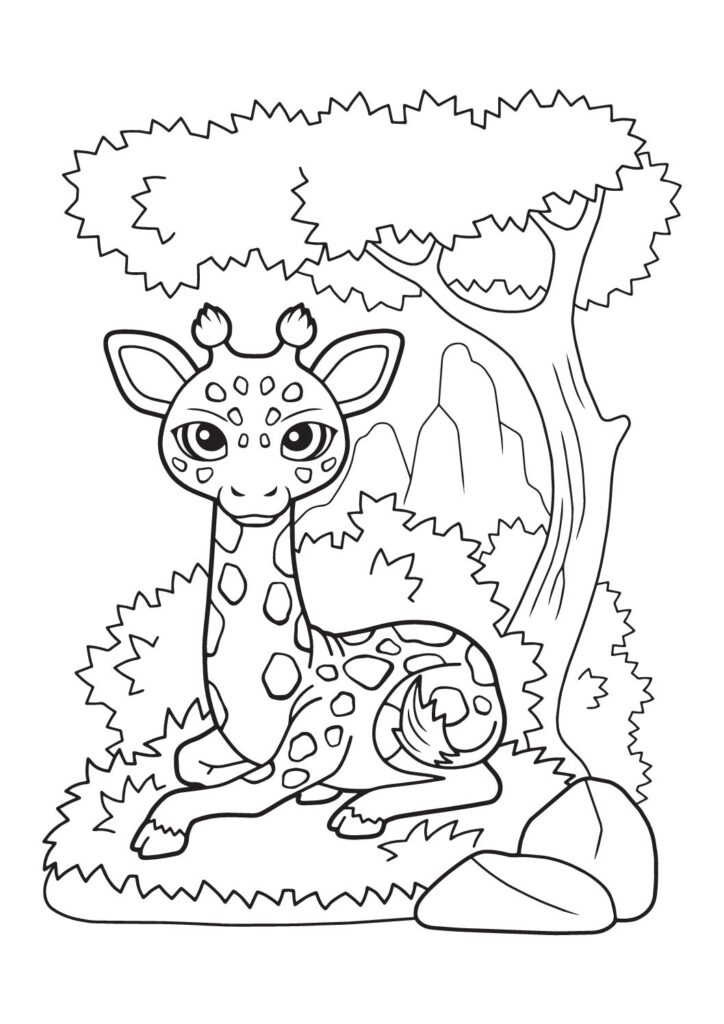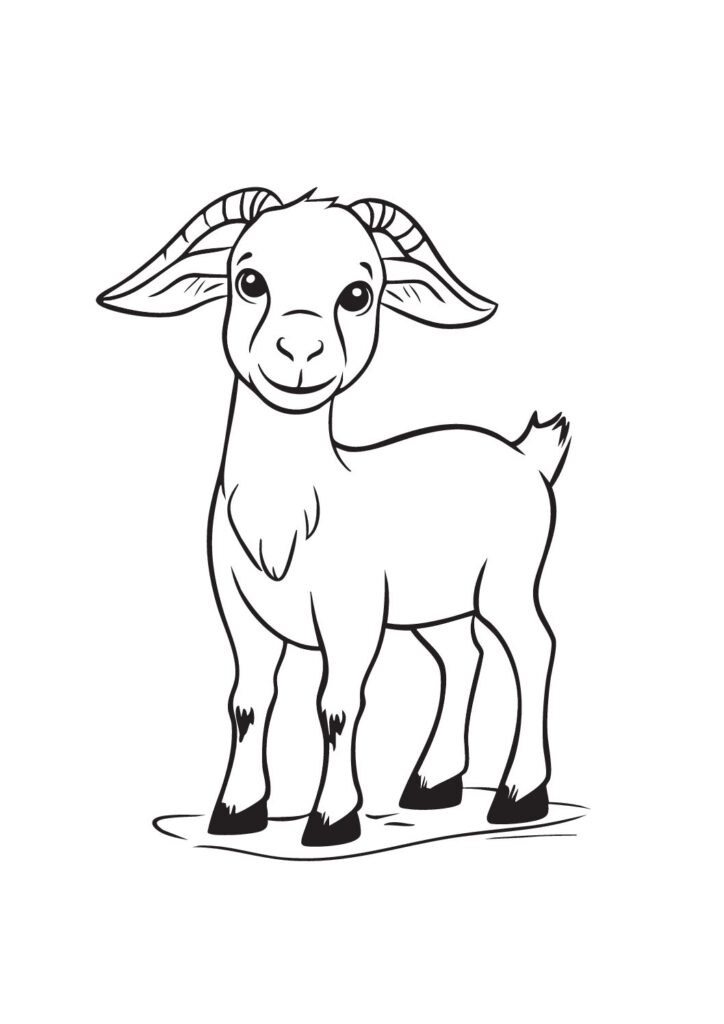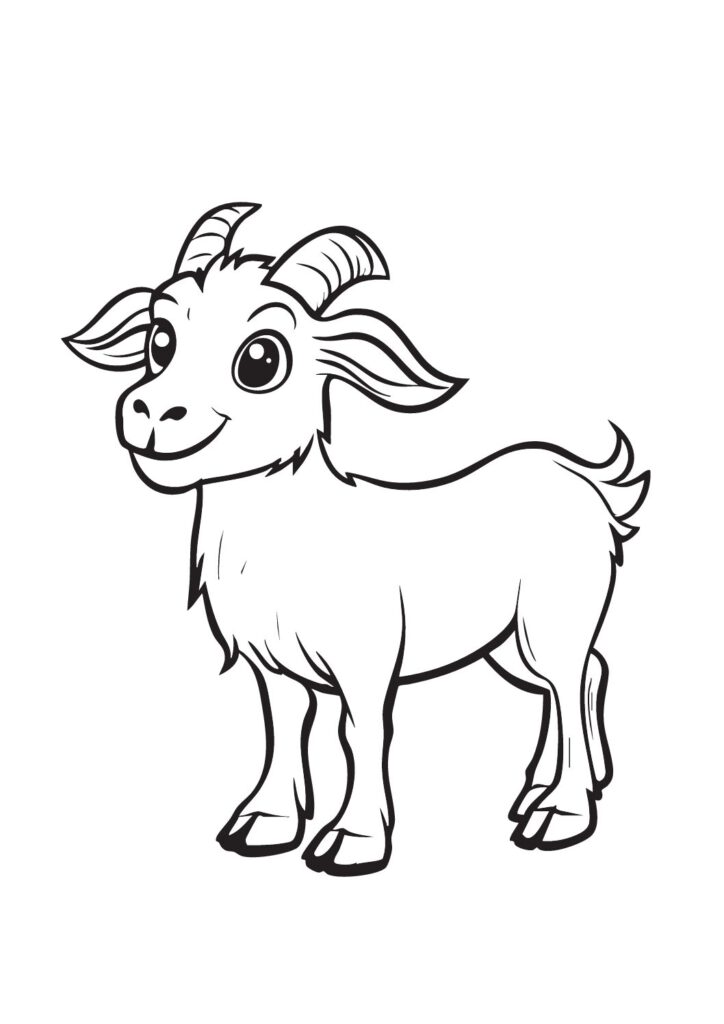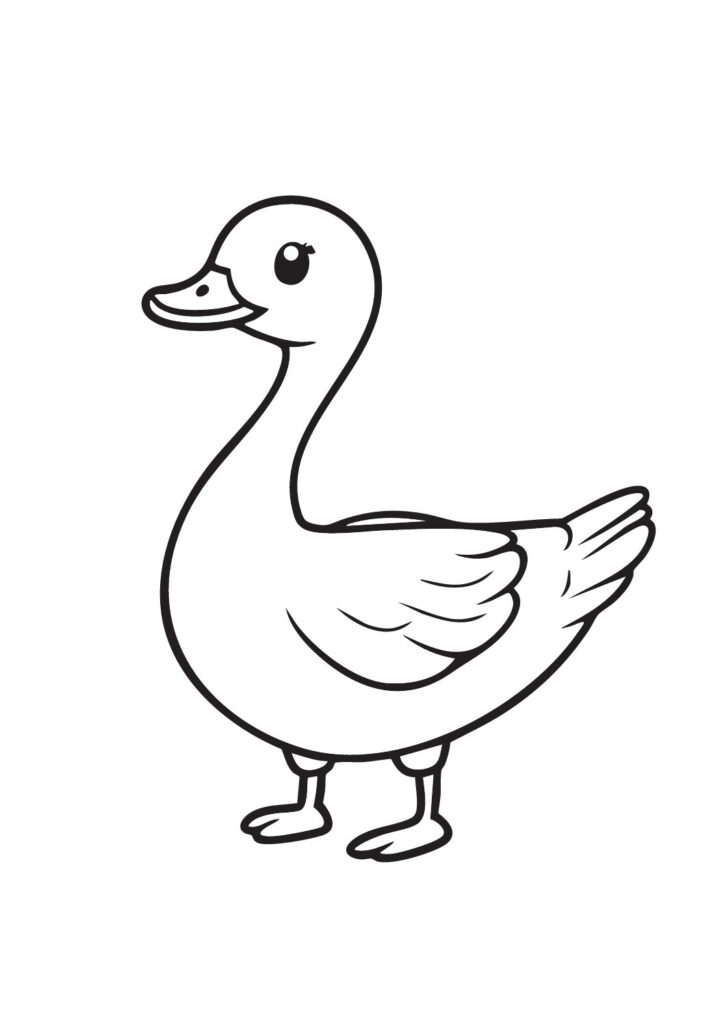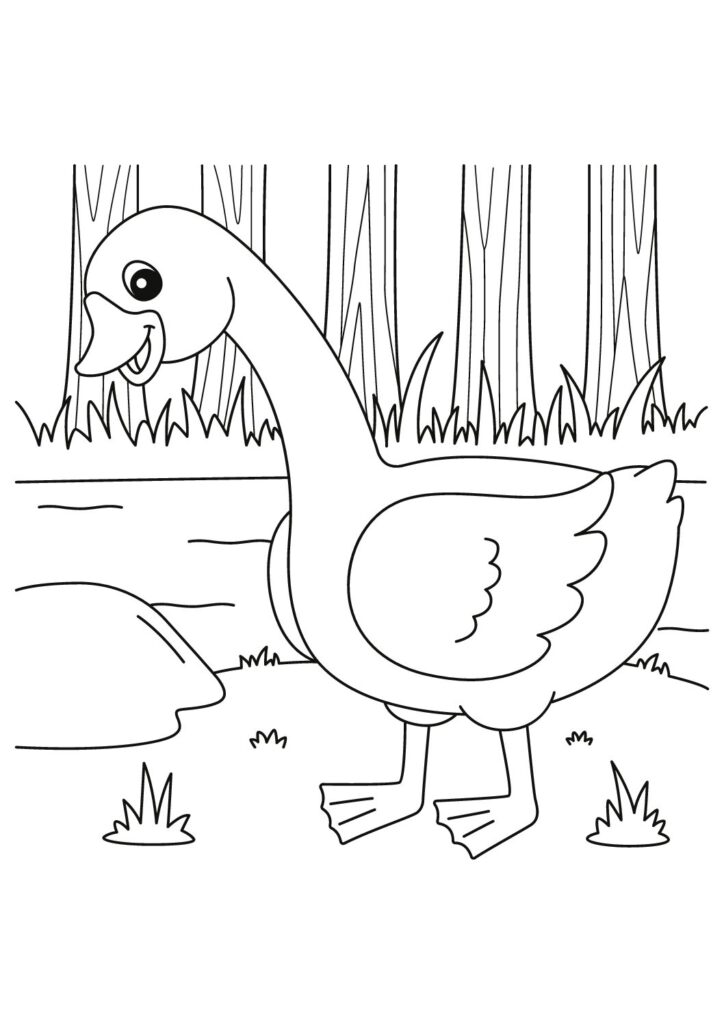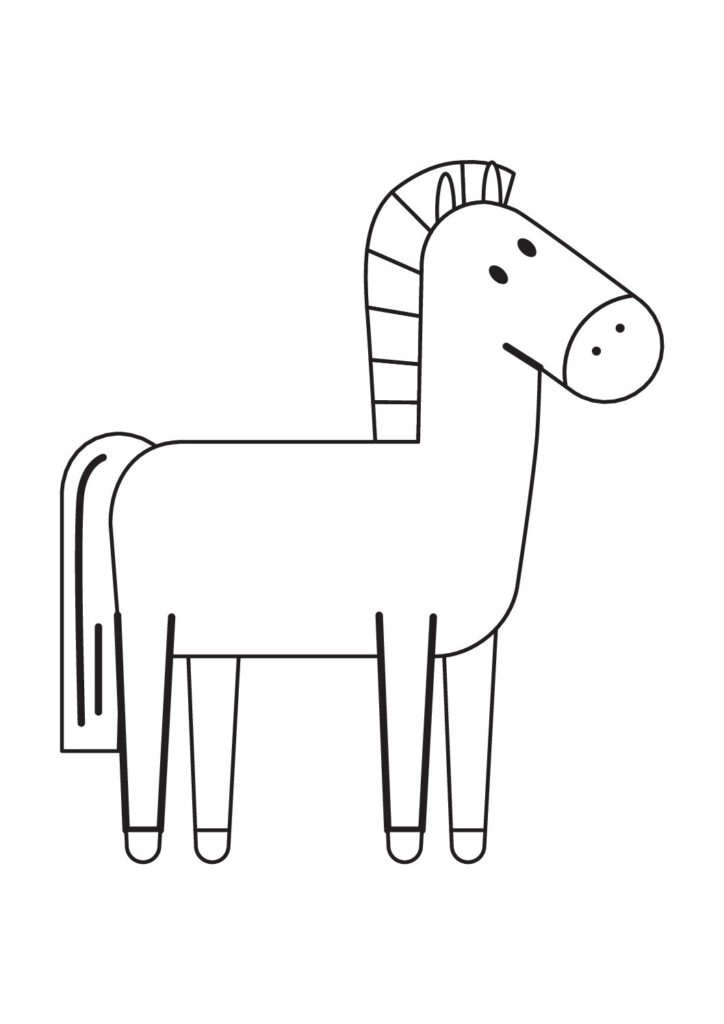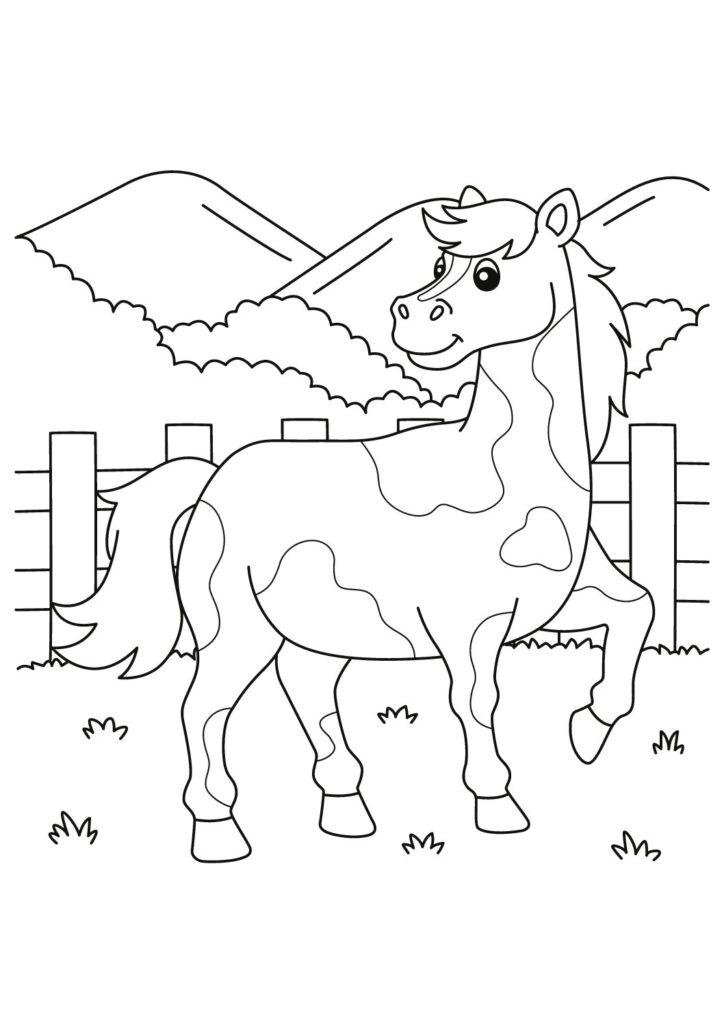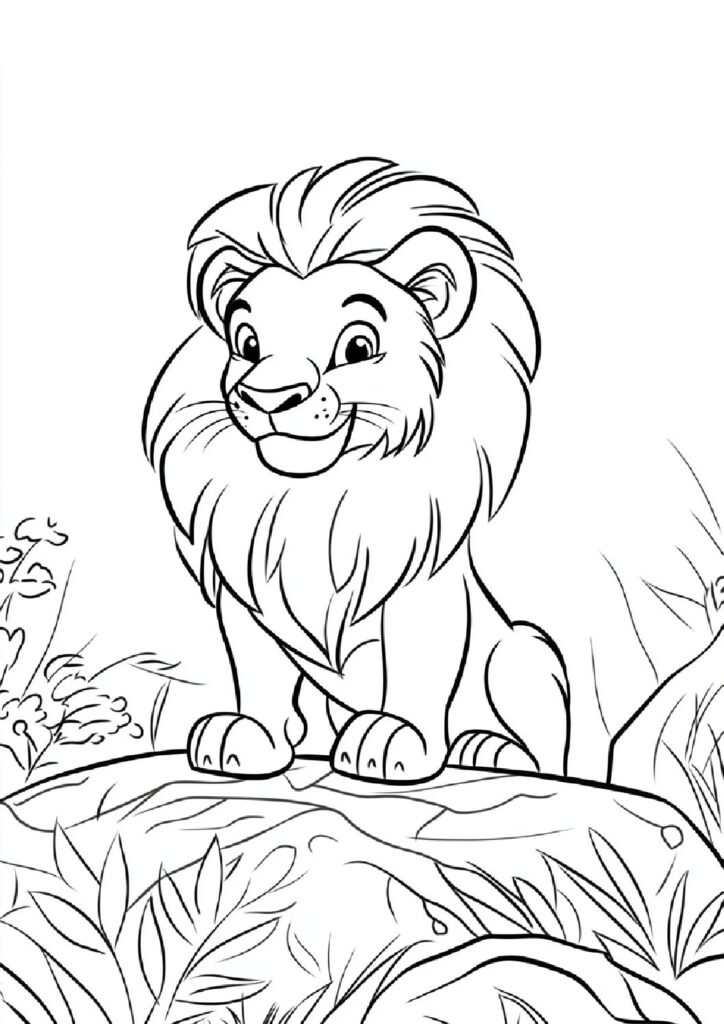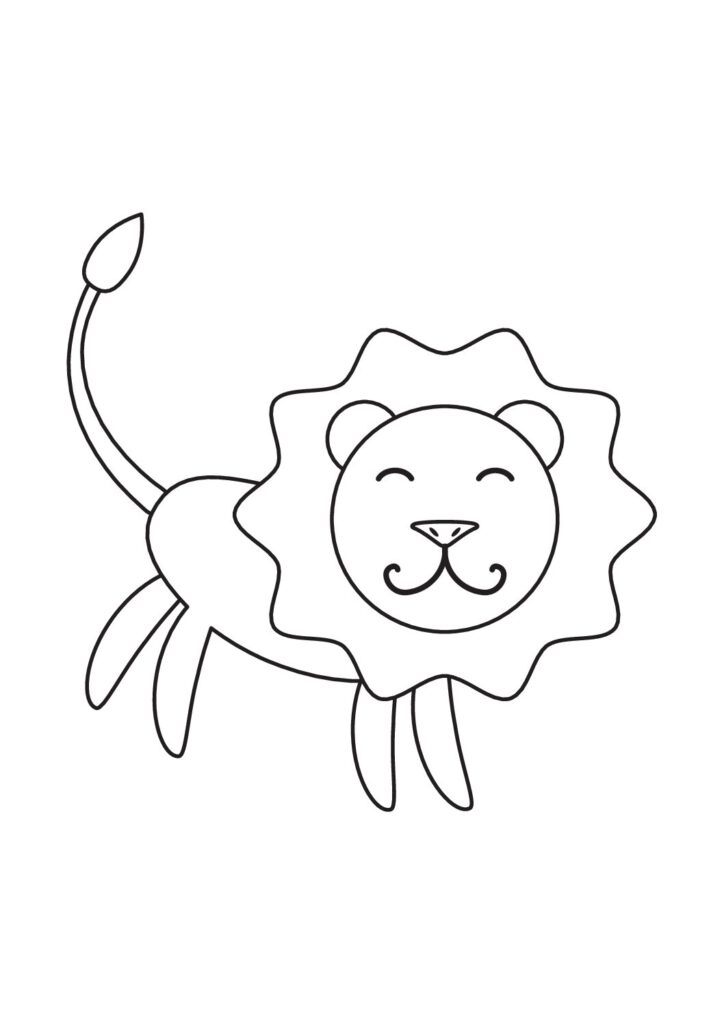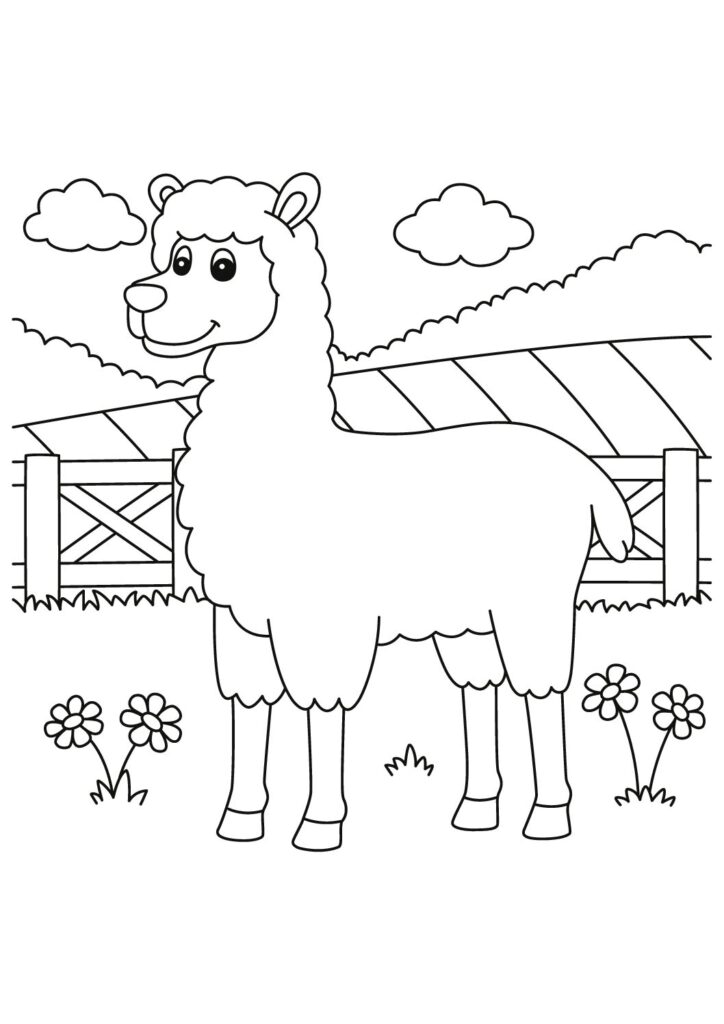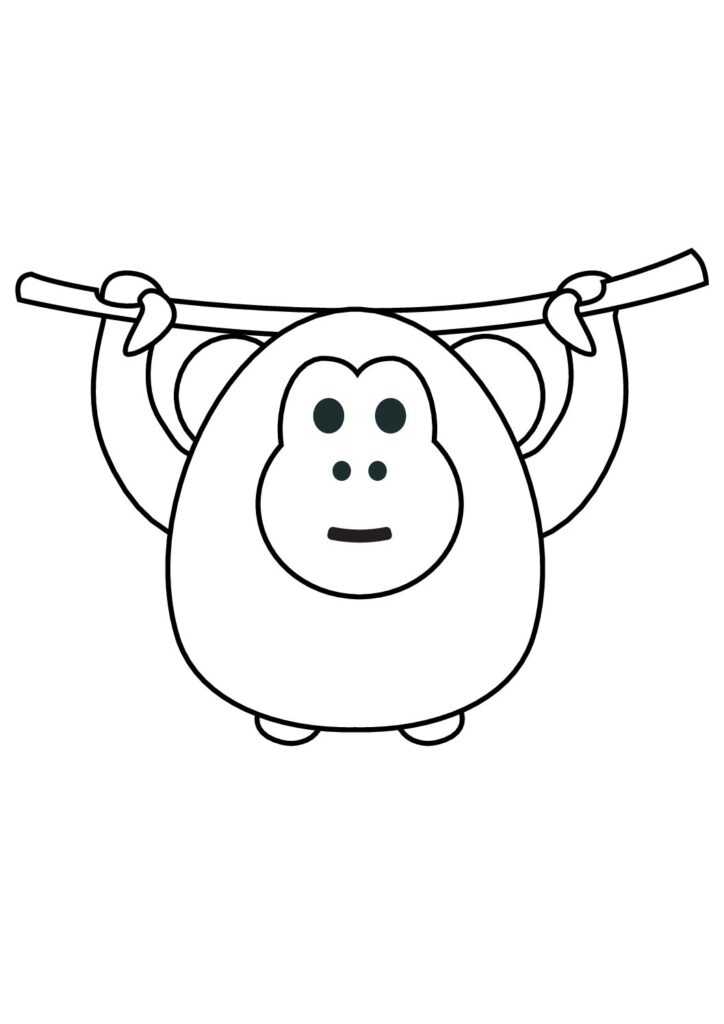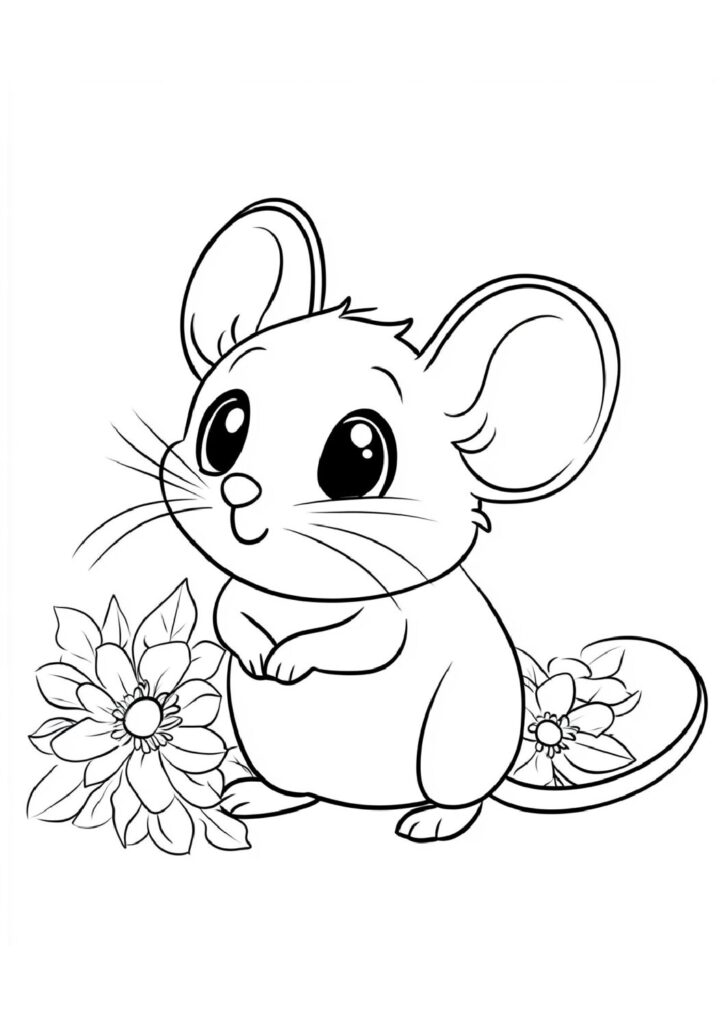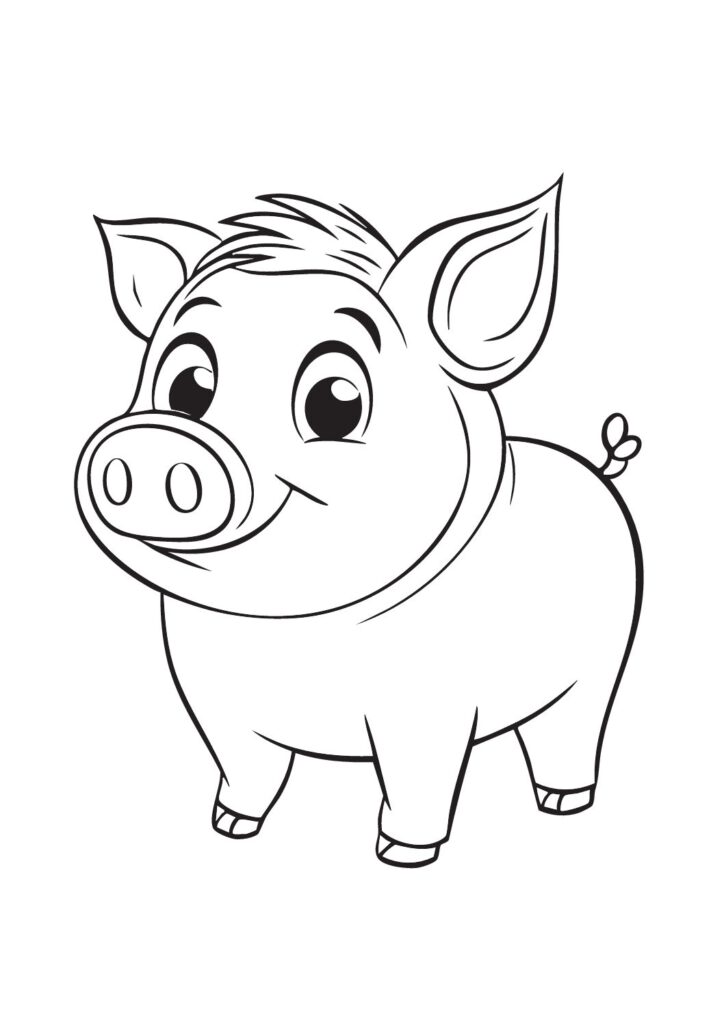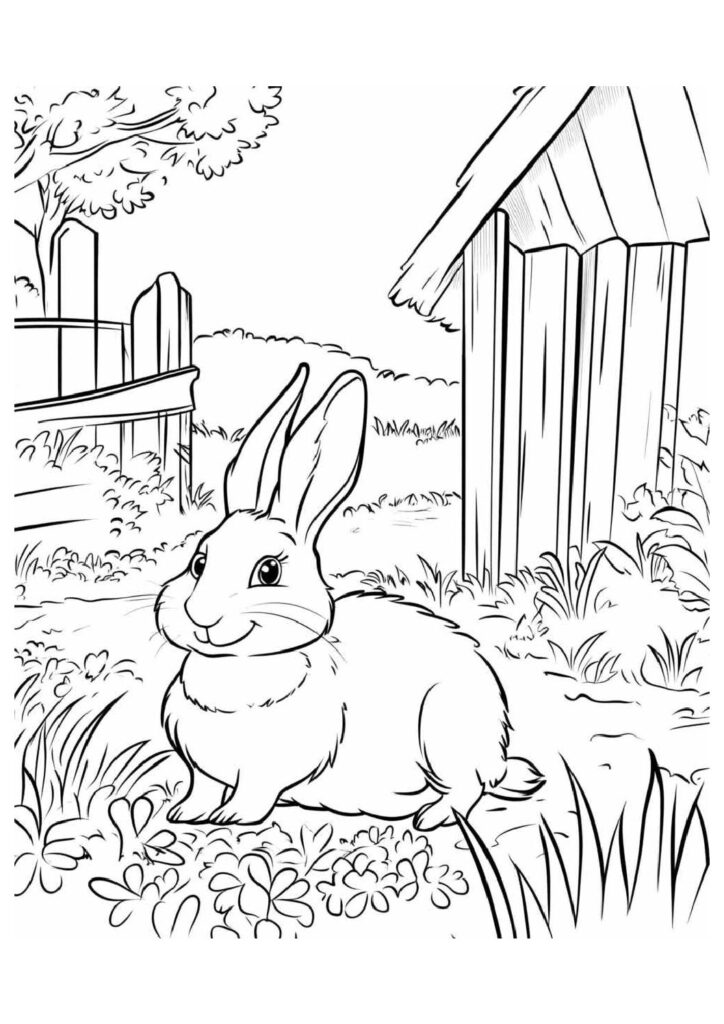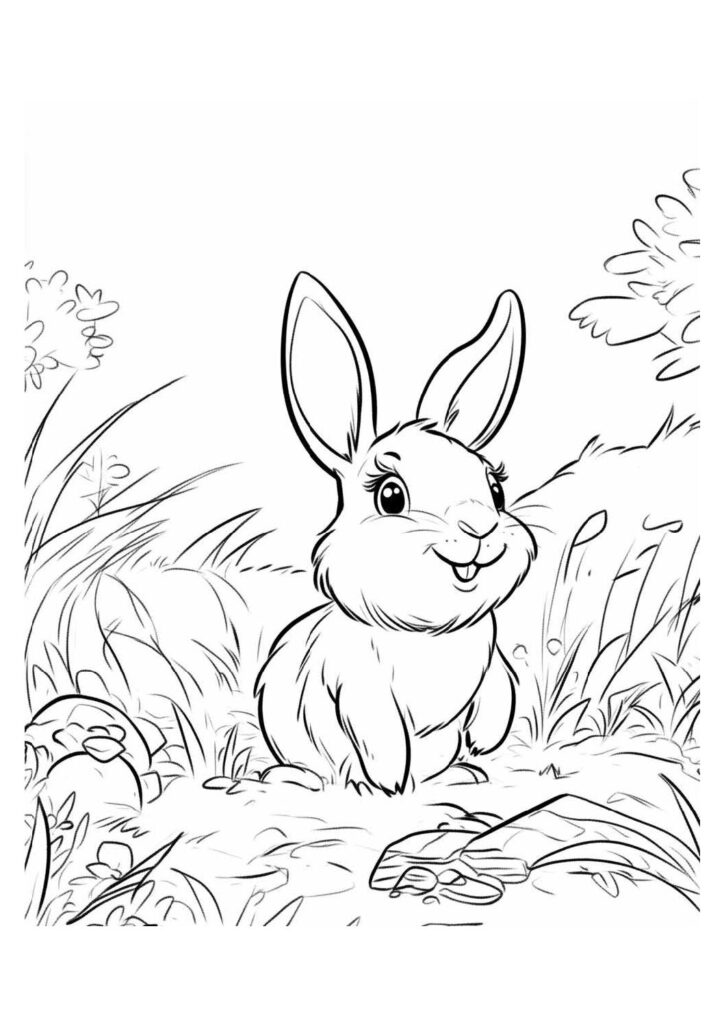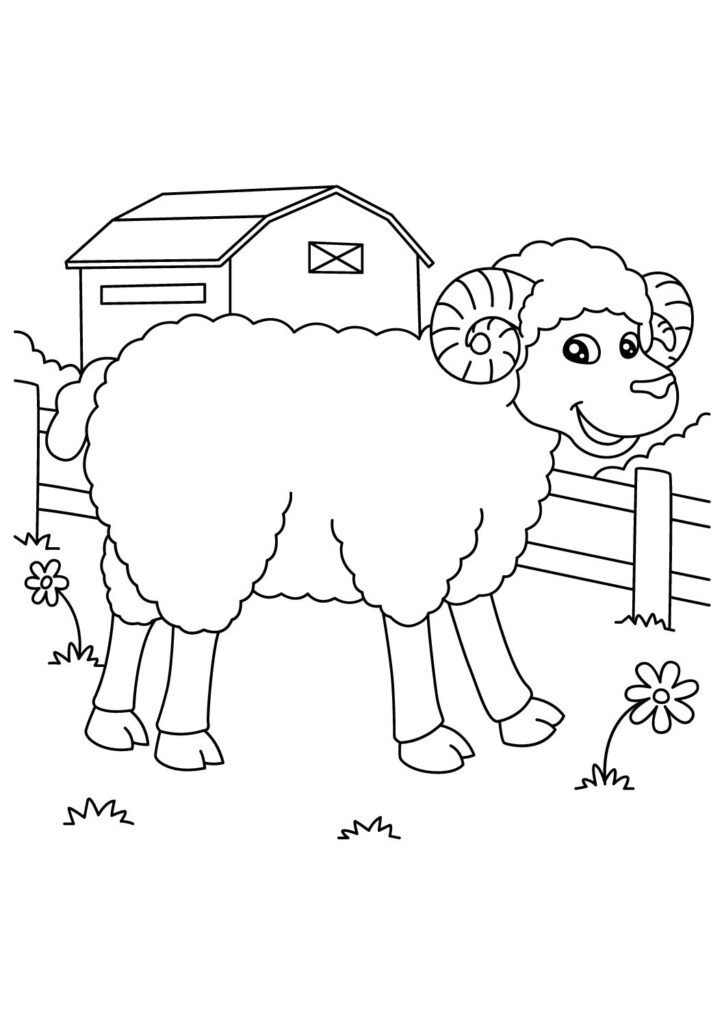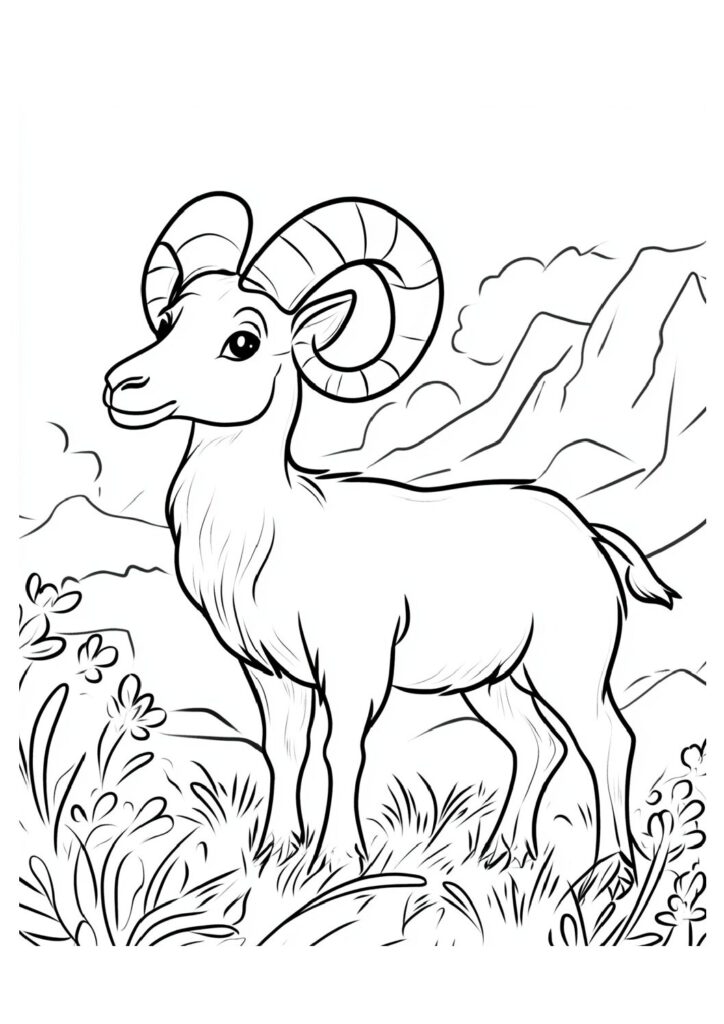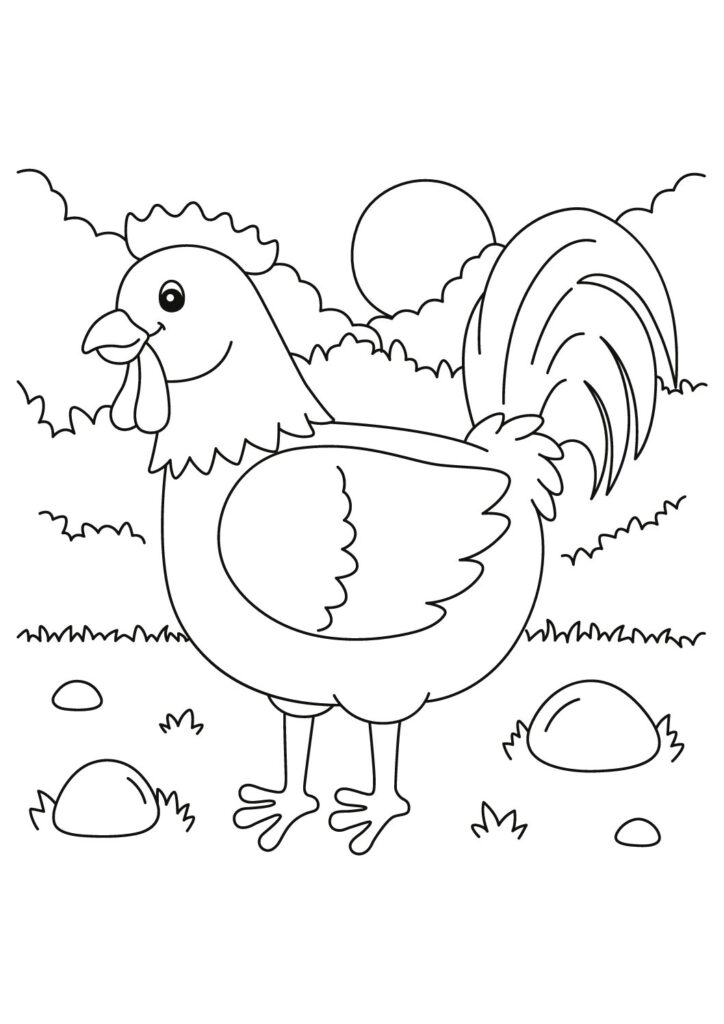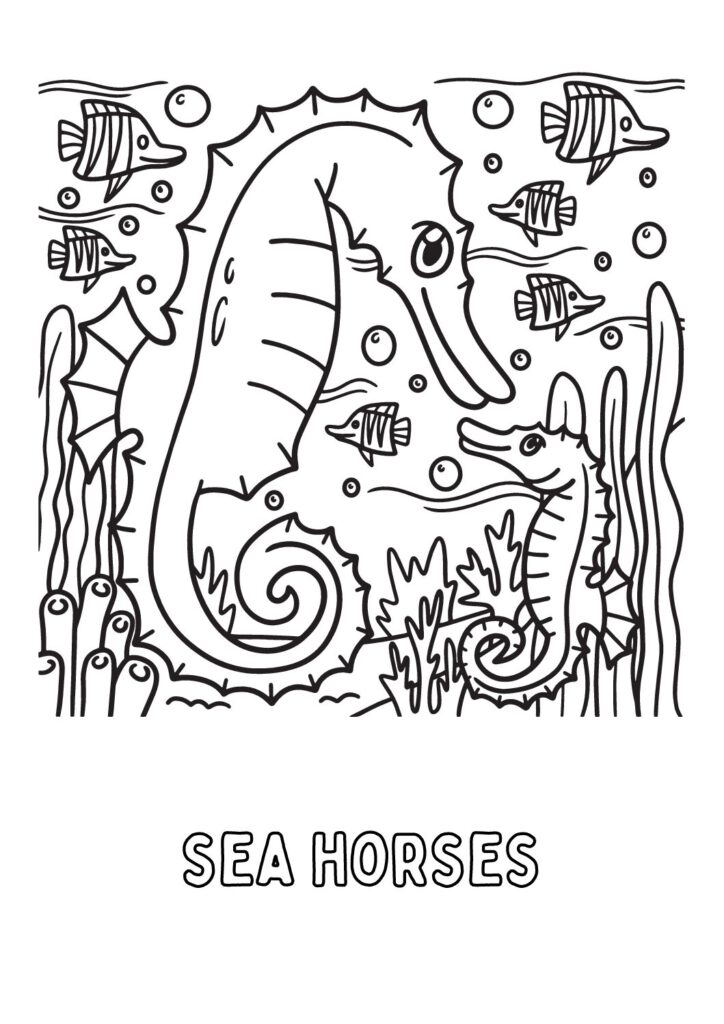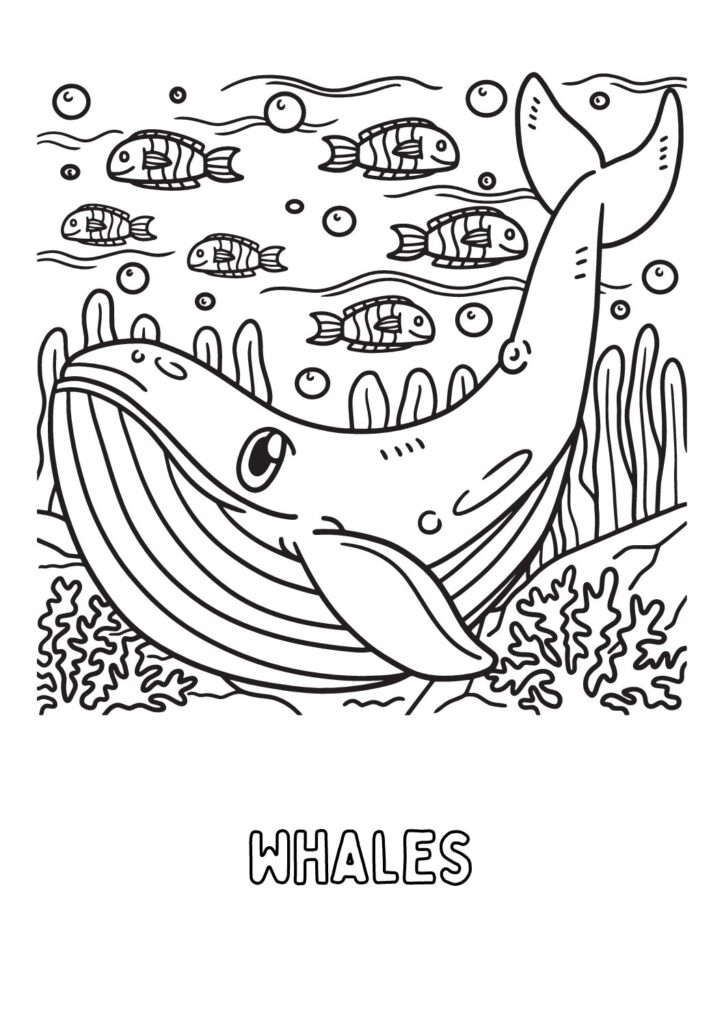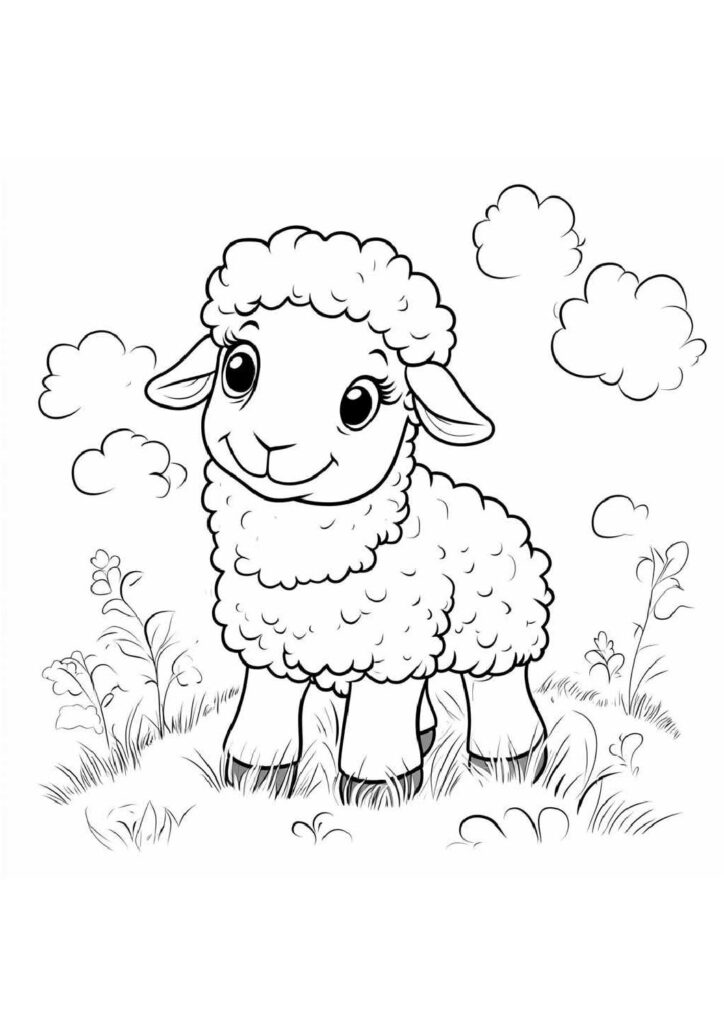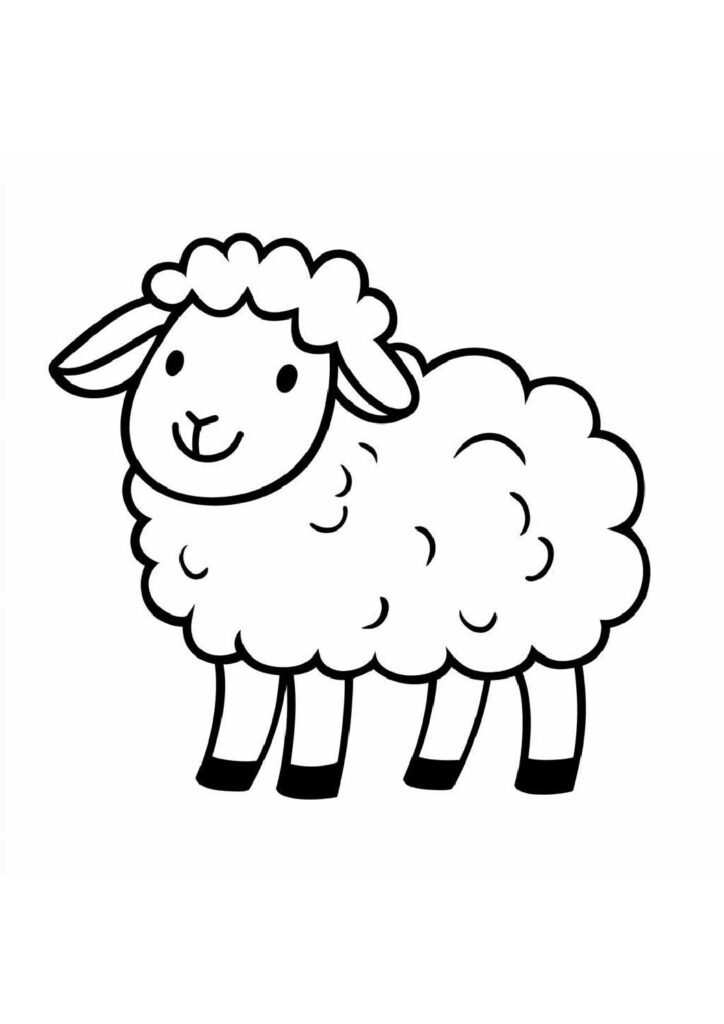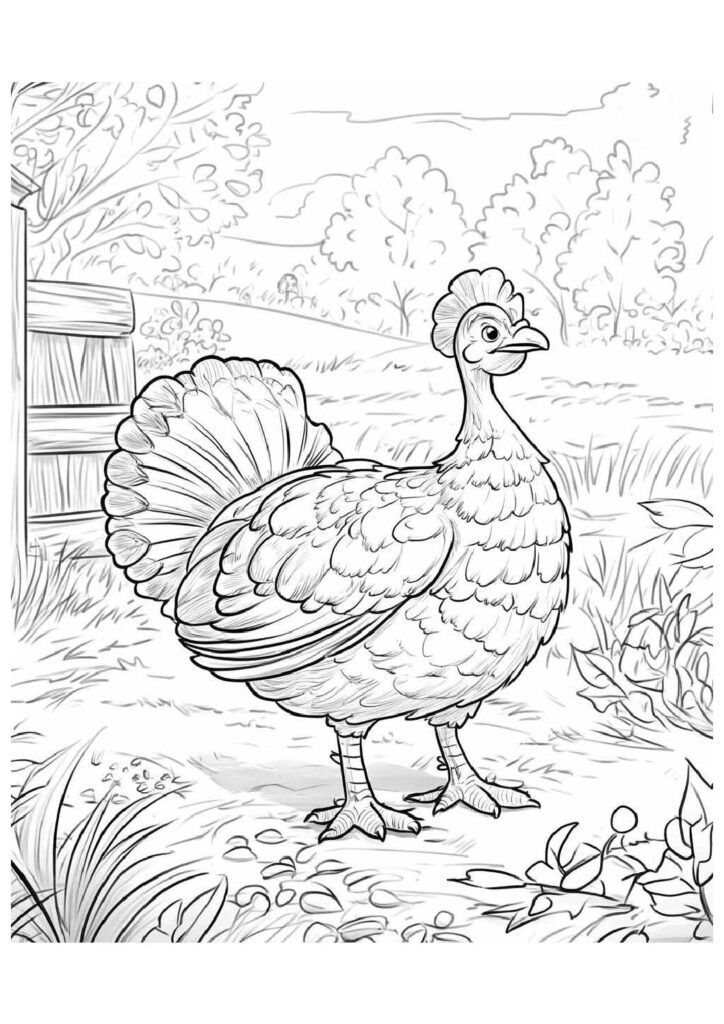2 Free Hippo Coloring Pages for Download (Printable PDF)

Dive into our free printable hippopotamus coloring pages featuring these mighty river giants! Download these high-quality sheets showcasing hippos swimming, playing, and enjoying their water habitats. Perfect for kids and wildlife enthusiasts, these detailed African animal coloring pages capture the power and charm of these amazing creatures. Each printable sheet brings these magnificent mammals to life!
Extraordinary Hippopotamus Facts: The Complete Guide to Africa's River Giants
Introduction
Hippopotamuses (Hippopotamus amphibius) represent one of Africa’s most iconic yet misunderstood large mammals, spending their days submerged in rivers and lakes across sub-Saharan Africa. These enormous semi-aquatic herbivores, whose name derives from ancient Greek meaning “river horse,” have evolved specialized adaptations for their unique ecological niche, combining massive size, territorial aggression, and surprising speed that establishes them among the continent’s most formidable and dangerous animals.
Massive Dimensions
Despite being the third-largest land mammal after elephants and white rhinos, hippos move with surprising grace in their aquatic environment, reaching weights of 3,000-4,500 pounds for females and 3,500-9,900 pounds for males. Their enormous mouths can open to an impressive 150-degree angle, revealing formidable tusks that can exceed 20 inches in length and deliver bite forces measuring over 1,800 pounds per square inch—strong enough to snap a small boat or crocodile in half with a single bite.
Aquatic Adaptations
Hippos have evolved remarkable adaptations for their semi-aquatic lifestyle, including ears, eyes, and nostrils positioned high on their heads allowing them to remain submerged with minimal exposure. Their skin secretes a specialized reddish oil sometimes called “blood sweat” that serves as natural sunscreen and antibiotic, protecting them during extended periods out of water, while specialized adaptations allow them to remain submerged for up to 5 minutes while sleeping, automatically rising to breathe without waking.
Surprising Speed
Despite their enormous bulk and short legs, hippos can reach speeds of 30 mph on land—faster than Olympic sprinters—while demonstrating remarkable agility underwater where they appear to bounce or “run” along river bottoms rather than swimming. This unexpected combination of speed and maneuverability contributes to their danger, allowing them to rapidly close distances with perceived threats and explaining why they cause more human fatalities in Africa than any other large animal except crocodiles.
Complex Social Structure
Hippos maintain sophisticated social structures centered around resource defense, with dominant males controlling territories encompassing prime water areas and nearby grazing lands. These territories typically contain 10-30 females and their offspring, with males engaging in dramatic confrontations involving gaping mouth displays, dung spreading through rapid tail movements, and potentially lethal combat using their massive tusks to establish and maintain dominance within these valuable aquatic territories.
Ecological Impact
As “ecosystem engineers,” hippos significantly modify their environments through multiple mechanisms, including creating channels between water sources during drought periods that become crucial habitats for fish and aquatic invertebrates. Their nightly terrestrial feeding habits move approximately 40 pounds of nutrients per individual between grasslands and aquatic ecosystems, while their dung serves as an essential food source for numerous fish and invertebrate species, demonstrating their keystone role in African freshwater ecosystems.
Conservation Challenges
Though once widespread across Africa, hippo populations have declined approximately 20% in recent decades, with current estimates of 115,000-130,000 individuals representing significant reductions from historical numbers. Major threats include habitat loss as wetlands are converted to agriculture, hunting for meat and ivory (canine teeth), and human-wildlife conflict as expanding human settlements encounter hippo territories, creating complex conservation challenges requiring integrated approaches that address both ecological and human needs.
